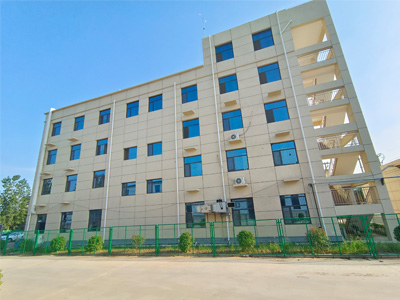amino trimethylene phosphonic acid atmp
Amino Trimethylene Phosphonic Acid (ATMP) A Comprehensive Overview
Amino Trimethylene Phosphonic Acid (ATMP) is an important phosphonic acid derivative that plays a significant role in a variety of industrial applications. With its unique chemical structure and properties, ATMP has garnered attention in fields such as water treatment, oil recovery, and detergent formulation. This article delves into the chemical characteristics, applications, and advantages of using ATMP.
Chemical Structure and Properties
ATMP is a phosphonate compound characterized by the presence of amine and phosphonic acid functional groups. The molecular formula of ATMP is C4H12N·O6P, and its structure includes a trimethylene linkage between the amino group and the phosphonic acid group. This configuration provides ATMP with chelating capabilities, allowing it to bind tightly with metal ions. This property is essential for its functionality in various applications, particularly in water treatment and scale inhibition.
ATMP is produced through a series of chemical reactions that typically involve the reaction of aminomethylphosphonic acid with formaldehyde and various alkaline agents. The resulting product is a colorless to pale yellow liquid or crystalline powder that is soluble in water. Its ability to perform well in a wide range of pH levels and temperatures makes it suitable for diverse applications.
Applications of ATMP
1. Water Treatment One of the primary applications of ATMP is in water treatment processes. It is utilized as a scale and corrosion inhibitor in industrial water systems, including cooling towers and boilers. ATMP effectively binds calcium, magnesium, and other scale-forming ions, preventing their deposition on the surfaces of pipelines and equipment. This helps to extend the operational life of machinery and reduces maintenance costs.
2. Oilfield Chemicals In the oil and gas industry, ATMP is employed as a dispersant and scale inhibitor in the extraction process. It helps to manage the presence of scale-forming minerals in the produced water, ensuring efficient operation in oil production and enhancing overall recovery rates.
3. Detergent Formulation ATMP is also found in various detergent formulations, where it functions as a builder. Its ability to sequester metal ions enhances the performance of detergents, leading to improved cleaning effectiveness. By preventing the precipitation of insoluble salts, ATMP contributes to maintaining the stability and efficiency of cleaning products.
amino trimethylene phosphonic acid atmp

4. Agricultural Applications In agriculture, ATMP is sometimes used as a chelating agent to enhance nutrient uptake by plants. Its ability to bind metal ions can facilitate the availability of essential micronutrients, promoting healthier plant growth and higher yields.
Advantages of Using ATMP
The adoption of ATMP in various industries stems from its numerous advantages. Some of these include
- Effectiveness ATMP has demonstrated high efficacy in controlling scale formation and corrosion in water systems, making it a preferred choice over other agents.
- Environmental Compatibility Being a phosphonate, ATMP is more environmentally friendly compared to traditional phosphates. Its use helps reduce the environmental impact often associated with water treatment and cleaning applications.
- Versatility The multifunctional properties of ATMP make it applicable across different sectors, from industrial water treatment to agriculture, highlighting its versatility.
- Cost-Effectiveness Given its effectiveness at low concentrations, ATMP can prove to be a cost-effective solution for managing scale and corrosion issues, leading to significant savings in maintenance and operational costs.
Conclusion
Amino Trimethylene Phosphonic Acid (ATMP) is a valuable compound with broad applicability across various industries, primarily due to its unique chemical properties and effectiveness in acting as a scale and corrosion inhibitor. Its role in water treatment, oil recovery, detergent formulation, and even agriculture underscores its significance in modern industrial practices. As industries continue to seek innovative solutions for operational efficiency and environmental sustainability, the importance of ATMP is likely to grow, positioning it as a key ingredient in the future landscape of chemical applications.
-
Water Treatment with Flocculant Water TreatmentNewsJun.12,2025
-
Polymaleic AnhydrideNewsJun.12,2025
-
Polyaspartic AcidNewsJun.12,2025
-
Enhance Industrial Processes with IsothiazolinonesNewsJun.12,2025
-
Enhance Industrial Processes with PBTCA SolutionsNewsJun.12,2025
-
Dodecyldimethylbenzylammonium Chloride SolutionsNewsJun.12,2025





